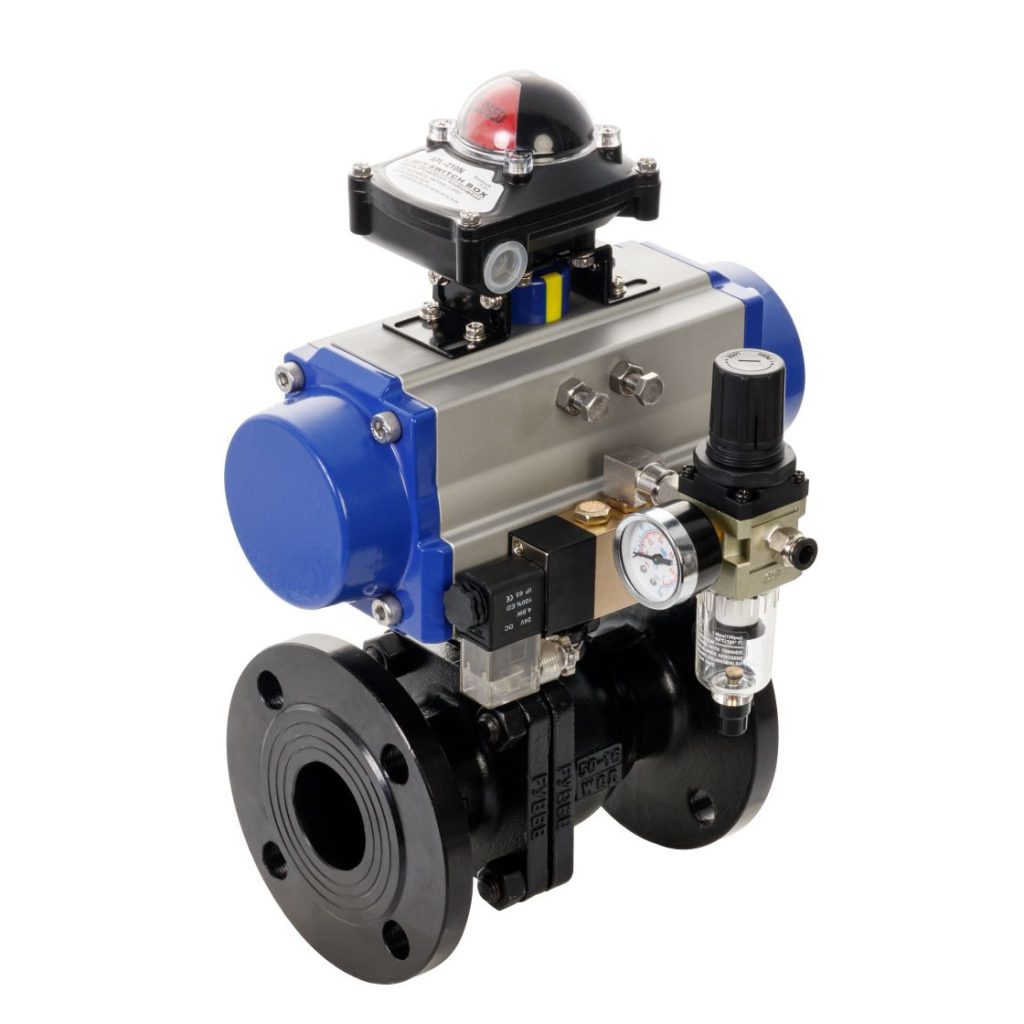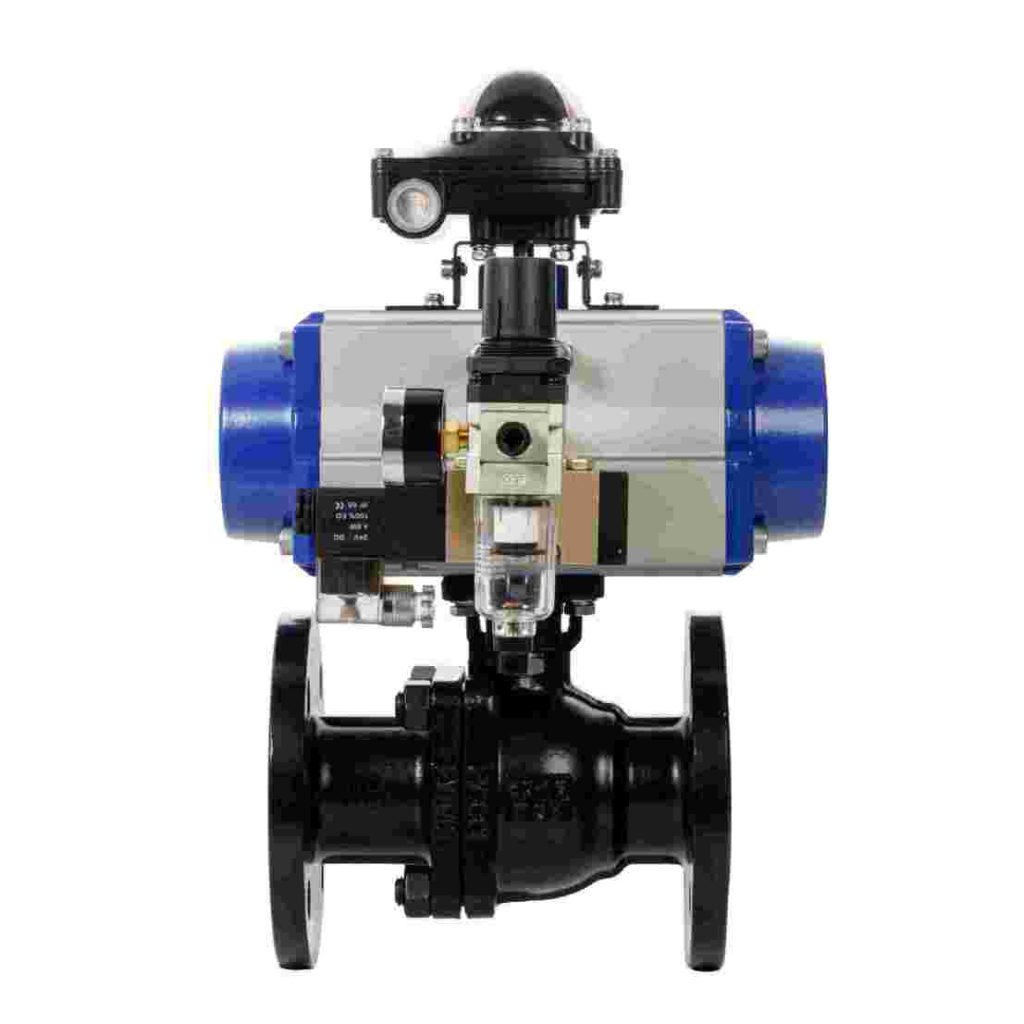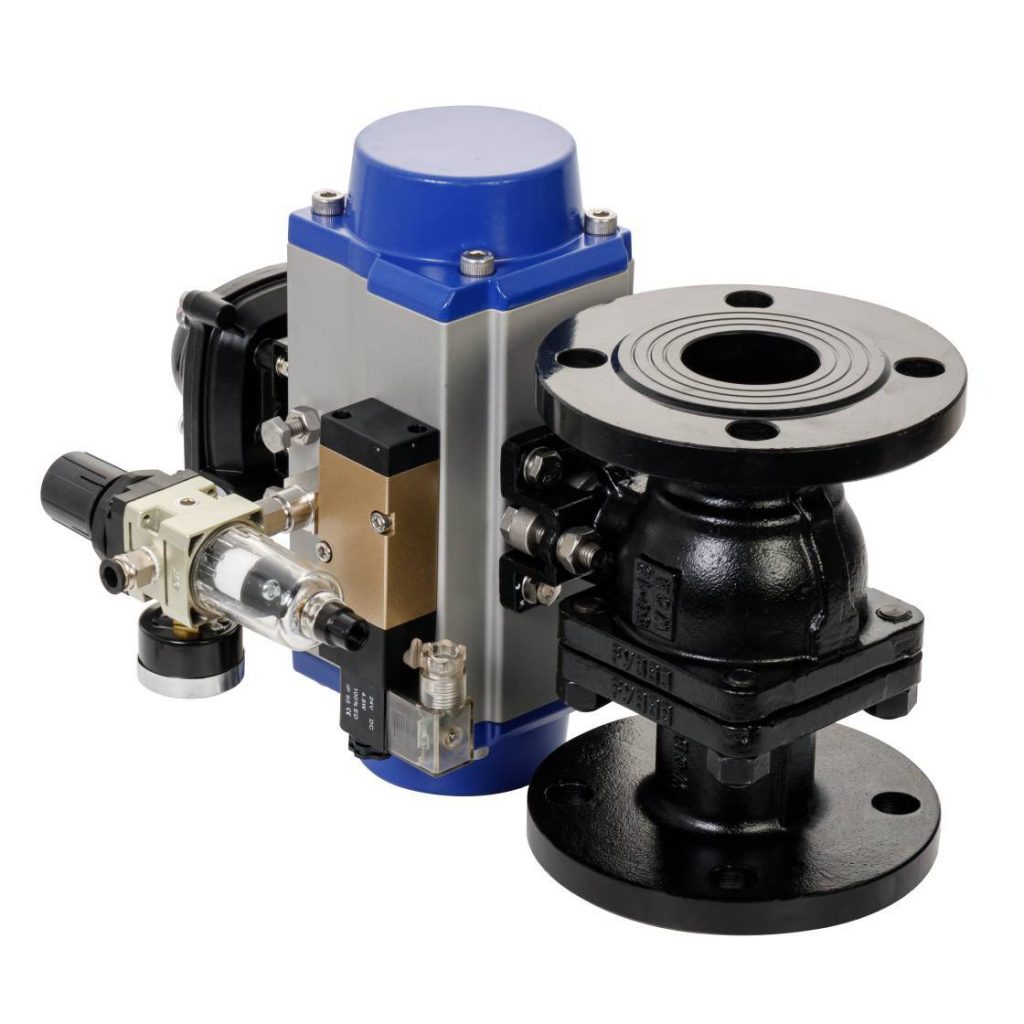In recent years, the world has witnessed a growing interest in hydrogen as a clean and sustainable energy source. Hydrogen energy is seen as one of the most promising alternatives to fossil fuels, offering a solution to reduce carbon emissions and promote environmental sustainability. However, the successful integration of hydrogen into energy systems depends on the development of reliable and efficient technologies that can control the flow of hydrogen gas. One such technology is the Hydrogen Energy Pneumatic Ball Valve, which plays a crucial role in ensuring the safe and efficient transport of hydrogen within various systems. In this article, we will explore the significance, features, and applications of this essential component in hydrogen energy systems.

Understanding Hydrogen Energy Pneumatic Ball Valves

A pneumatic ball valve is a type of valve that uses compressed air (or other gases) to control the opening and closing of the valve. In a ball valve, a spherical ball with a hole through the center is used to regulate the flow of fluids or gases. When the hole aligns with the pipe, the fluid can pass through, and when it is rotated 90 degrees, the flow is shut off. Pneumatic ball valves are particularly useful because they provide quick and precise control, often requiring minimal human intervention. When it comes to hydrogen energy systems, hydrogen energy pneumatic ball valves are specifically designed to handle the unique properties of hydrogen gas. Hydrogen, being a light and highly flammable gas, requires specialized equipment to manage its flow safely and efficiently. These valves are built to withstand high pressures, prevent leaks, and maintain the integrity of the system even under demanding conditions.
